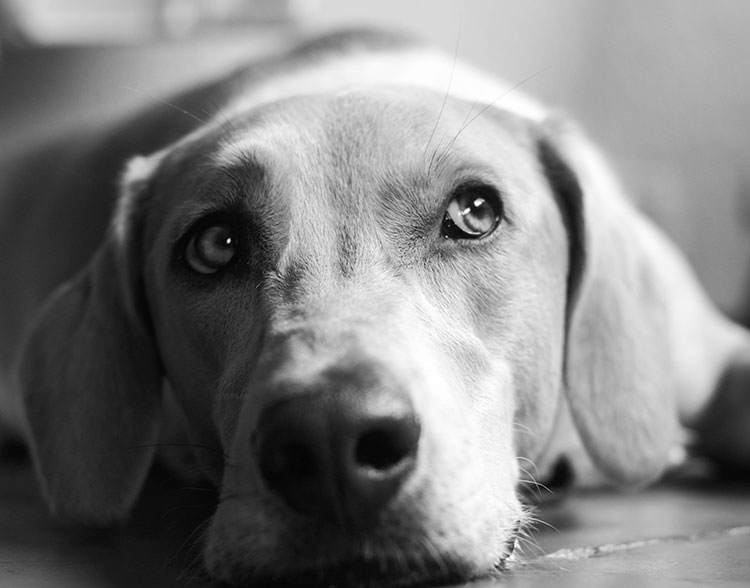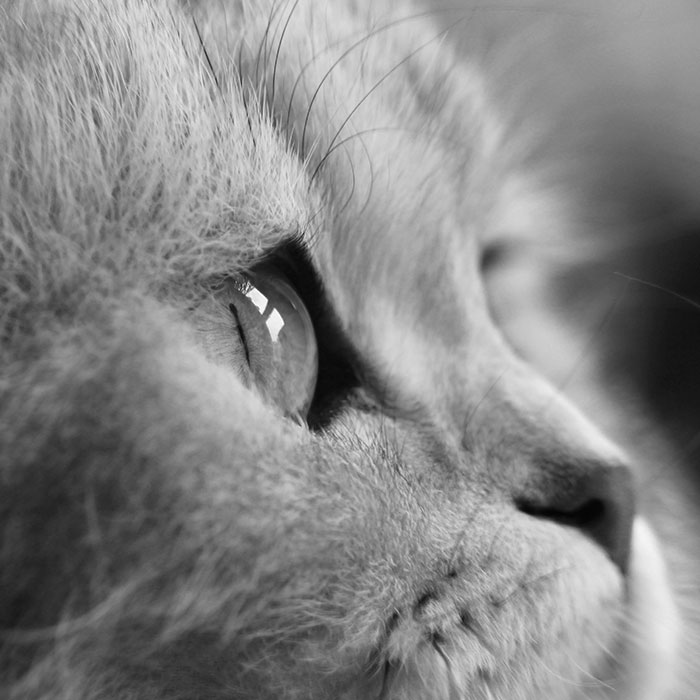In light of the number of puppies and kittens bred compared to the number adopted into new homes, it is our social and moral responsibility to ensure, where possible, our pets are desexed.

The costs of raising and homing a wanted (or worse – unwanted) litter far exceed the cost of desexing, which is required only once in your pet’s life.
Desexing or neutering your pet is a surgical procedure that prevents them from being able to reproduce. In female pets, it is commonly referred to as “speying”, and in male pets as “castrating”. This is the most routine surgery performed by our vets, and your pet is usually home by the afternoon of the surgery.
The most common age to desex your pet is at 6 months, however, they are never too old to be desexed.
Interested in desexing your pet? Call us for more info or to book your procedure.
Benefits of Desexing
There are many benefits to desexing your pet at 6 months. They include:
- Preventing unwanted litters, which can be very costly, and may add to the already overwhelming number of stray animals that are euthanised each year.
- Prevention of testicular cancer and prostate disease in males, and it can help prevent pyometra (infection of the uterus) and mammary tumours (breast cancer) in females.
- Halting the “heat” cycle in females, which in turn will stop uninvited “visitors” clambering your garden walls to get to your female.
- Decreasing aggression towards humans and other animals, particularly in males.
- Being less prone to wander, especially in males searching for females on heat.
- Living a longer and healthier life.
- Reduction of council registration fees. Council law requires all dogs and cats to be desexed if they are not registered as breeding animals.

Surgery information & process
Before Surgery
- Make a booking for your pets’ operation.
- If your pet is a dog, wash them the day before surgery as they are unable to be washed until after the stitches are removed 10 days later.
- Do not give your pet food after 8pm the night before the operation and do not give them any water after 6am on the day of the surgery. Their last meal should be a small meal and it is a good idea to take them for a toilet walk in the morning before they are admitted for the day.
- Any anaesthetic carries a percentage of risk – both in human and animal surgery. Tallebudgera Veterinary Clinic’s protocol is to offer a pre-anaesthetic blood test to our patients undergoing an anaesthetic. The blood test is performed prior to surgery to check the status of vital organ function and that red and white blood cells are functioning normally.
- The vet will perform a thorough physical examination before administering a sedative. This keeps you pet calm and unafraid prior to anaesthesia being induced.
- All our surgery patients are placed on intravenous fluid support during surgery. This supports them through their surgery and ensures they remain hydrated and maintain good blood pressure.
- To ensure your pet is as comfortable as possible, all pets receive pain relief prior to and post-surgery.
During Surgery
Your pet is monitored and cared for the whole day by a qualified veterinary nurse.
- The surgery nurse will prepare the patient for surgery.
- A catheter is placed in the cephalic vein of the foreleg and taped in place.
- The veterinarian will induce anaesthesia intravenously through the catheter.
- An endotracheal tube is placed down the windpipe of the animal and secured in place.
- The nurse clips the surgical site and washes it with a surgical disinfectant solution.
- The patient is then transferred to the sterile surgical theatre where the nurse will proceed to sterilise the surgical site.
- Sterile surgical instruments are used for all surgeries.
Once the patient is on the anaesthetic and oxygen machine, the nurse will administer intravenous fluids. The nurse will also monitor the patient’s anaesthetic continuously and record vital signs every five minutes whilst communicating this information to the veterinarian.
Once the surgery is completed and the patient recovers under strict monitoring by the nurse, pain medication in the form of an injection is administered subcutaneously. When the patient is properly awake, the nurse will ring the owner and a discharge time will be booked. Your pet is usually admitted for the day and in most cases, can go home in the afternoon.
After Surgery
- Keep your pet restrained and quiet as the effects of anaesthetic can take some time to wear off completely. Anaesthetic causes the body temperature to lower and may take up to 24 hours to regulate again. So, keeping your pet warm and dry is essential in the first 24 hours post-surgery.
- Keeping them quiet is also essential to allow the wound to heal.
- Food and water should be limited to small portions only on the night after surgery, as they may feel nauseous after their anaesthetic.
- Follow any dietary instructions that the vet has provided.
- Ensure all post-surgical medications (if any) are administered as per the label instructions.
- Ensure your pet’s rest area is clean to avoid infection.
- Check the incision at least twice daily for any signs of infection or disruption (e.g. bleeding, swelling, redness or discharge). Contact the vet immediately if these symptoms appear. Do not wait to see if they will spontaneously resolve.
- Prevent your pet from licking or chewing the wound. Special cone-shaped collars called Elizabethan (or Buster) collars can assist with this problem. A single chew can remove the careful stitching and can result in a second anaesthetic and surgical procedure to re-suture the wound.
- Ensure you return to us for a complimentary post-operative check-up 3-4 days following surgery and removal of stitches between 10 – 14 days following surgery.
FAQ’s About Desexing
Will my dog lose its “guard dog” instinct?
No, your dog will be just as protective of their territory as before the surgery.
Will desexing affect my pet’s personality?
Your pet will retain their personality, possibly with the added bonus of being calmer and less aggressive.
Should my female have one litter first?
No – It is actually better for her not to have any litters before being speyed. She has an increased risk of developing breast cancer if she is allowed to go through her first heat.
Will desexing cause my pet to become fat?
Your pet’s metabolism may be slowed due to hormonal changes after desexing, however this is easily managed by feeding them food specially formulated for desexed pets and ensuring adequate exercise. There is no reason a desexed pet cannot maintain a normal weight.
Is desexing painful?
As with all surgery, there is some tenderness immediately after the procedure, but most pets will recover very quickly. We administer pain relief prior and post-surgery. Your pet will be discharged with a short course of anti-inflammatory/pain relief medication to take at home for the first few days following the surgery. We encourage you to keep your pet calm and quiet and limit exercise in those first few days following surgery in order to give the surgical incision time to heal.
How long do the stitches stay in?
Stitches are removed 10 – 14 days after the surgery. Whenever possible we use intradermal sutures that don’t require removal.
Can I walk my dog post-surgery/should my cat stay indoors?
Dogs should be kept quiet for the first 2-3 days after surgery to allow the wound to start healing. Walking should be controlled on a lead until the 10 day post op examination has been carried out. Cats should be kept indoors with a litter tray for the first 4-5 days to ensure the wound gets a chance to heal and to keep the wound site clean.
Can I walk my dog post-surgery/should my cat stay indoors?
Dogs should be kept quiet for the first 2-3 days after surgery to allow the wound to start healing. Walking should be controlled on a lead until the 10 day post op examination has been carried out. Cats should be kept indoors with a litter tray for the first 4-5 days to ensure the wound gets a chance to heal and to keep the wound site clean.
Is the E-collar really necessary?
The surgical site will be uncomfortable to start with and animals have a tendency to lick wounds. As the wound heals, the skin will start to itch which may result in your pet licking more vigorously and chewing at the stitches. If stitches are chewed out within 8-10 days, they will need to be replaced which will incur an unnecessary cost for another anaesthetic and procedure. Therefore, it is important to use the E-collar provided and to follow the clinic’s recommendations and instructions.


